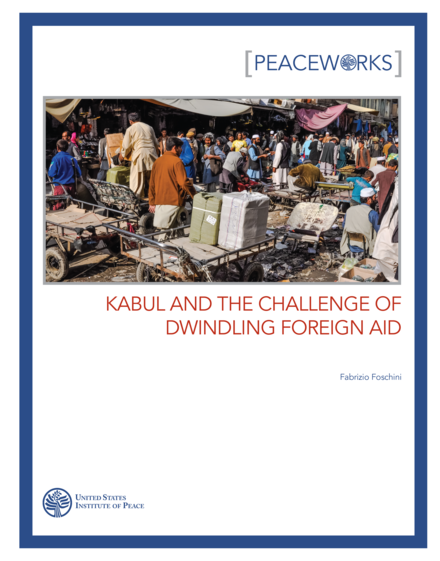This report offers a comprehensive look at the capital city of Kabul and its unique role in Afghanistan’s transition away from more than a decade of foreign occupation and violence. Social tensions are simmering just under the surface in the capital, even more so than in other Afghan cities, and have the potential to foment serious unrest. Yet, if there is a place in the country that offers the potential for mobilization, technical and intellectual capacity, communication, and acceptance by the rest of the country, it is Kabul.
Summary
Afghanistan’s capital city is a natural focal point for the country’s transition away from more than a decade of foreign occupation.
Kabul’s economy is foundering. Developing new policies to stimulate investment and reorient production and trade on a more sustainable basis is critical.
Economic competition over scanty resources has the potential to foment serious unrest in a city already simmering with tensions. Better urban planning and management would help allay tensions.
Distribution of public services has conspicuous room for improvement. Receipt depends on location but is uncertain: poor households receive the least, health care is inferior, electricity is unreliable, waste collection is a shambles, and water is available but controlled by private parties.
Uniquely relatively safe for most of the last decade, Kabul is seeing a spike in criminality, which is taking a heavy toll on its citizens and posing a grave threat looking forward.
Although Afghanistan’s undisputed cultural center, Kabul is also seeing a serious brain drain, many educated and skilled youth going abroad in search of opportunity as well as safety.
Kabul is the primary destination for foreign goods and a hub for distribution to the rest of the country. Afghanistan’s trading-dominated economy is not productive, however.
The city has never been controlled by a single strongman but instead has been fought over by rival factions. Management today is complicated by the number of government bodies concentrated there and their overlapping responsibilities and authorities.
Politicians continue to be selected for their ability to broker alliances and gather support on the basis of ad hoc patronage rather than for their capacity.
Nonetheless, if the potential for a successful transition—a stable economy, mobilization, and intellectual and technical capacity—can still materialize anywhere in Afghanistan, Kabul is the most likely place.
About the Report
This report delineates recent economical, political, and social trends in Kabul to offer a comprehensive view of Afghanistan’s capital city, its unique role in the country’s life, and the challenges its residents and administrators currently face in a context of dwindling foreign involvement, reduced foreign aid, a faltering national economy, and social and political unrest. Funded by the United States Institute of Peace (USIP), the report is based on field research conducted in 2014 and 2015.

No comments:
Post a Comment